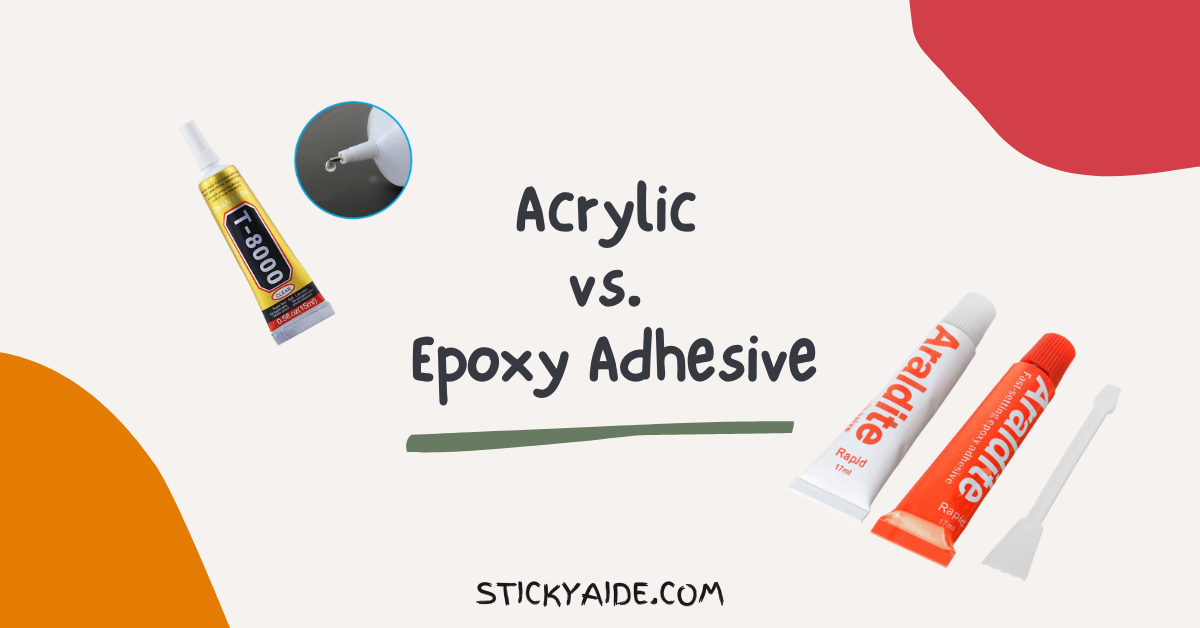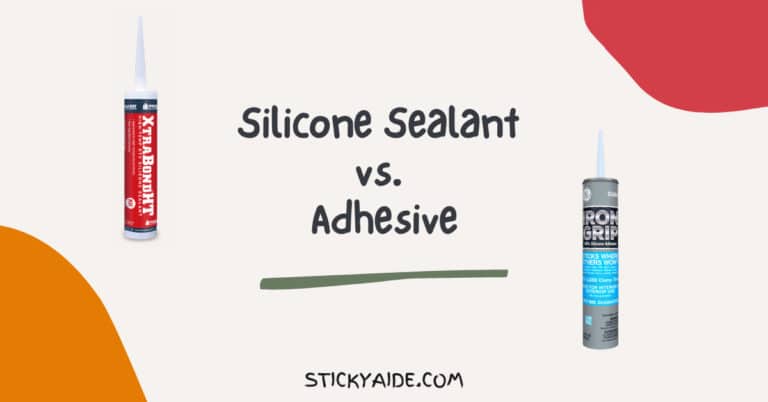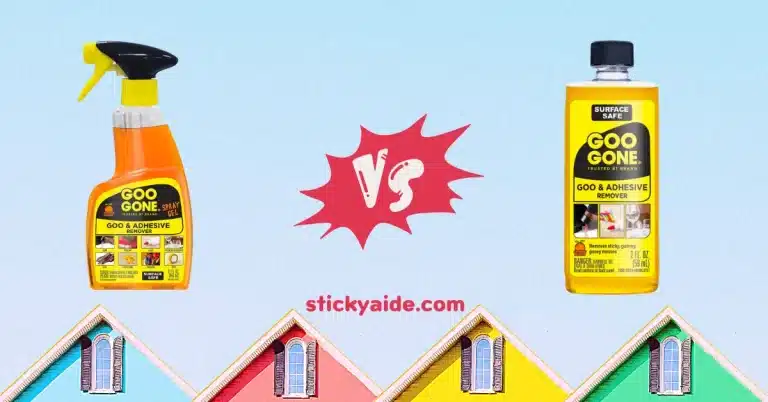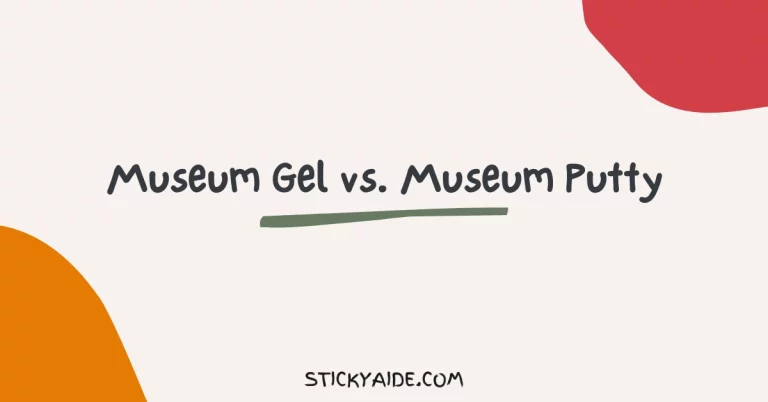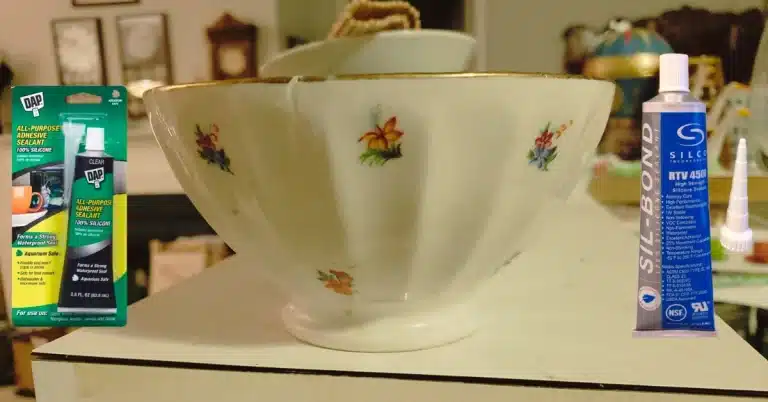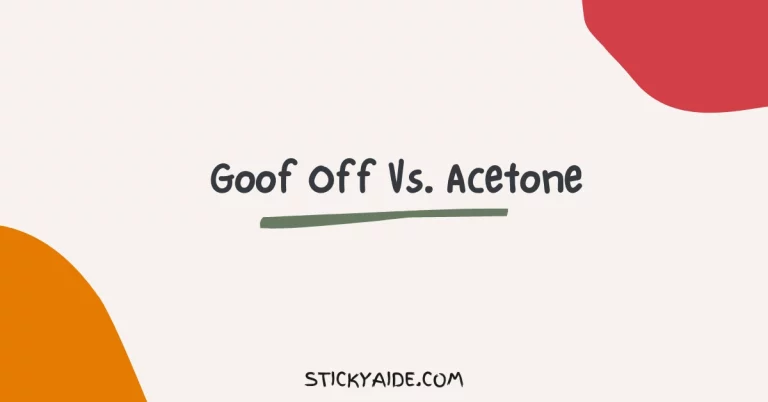When you’re working with adhesives in your day-to-day, it can be difficult to keep all the different types straight. It’s not just a matter of which works best for what – many subtypes and specific brands each come with their properties and uses.
With so many variables, how do you decide which adhesive is right for your project? However, as two common adhesives in general use, acrylic vs. epoxy can sometimes feel like one is more useful than the other. However, both have their pros and cons when used in specific applications.
Understanding the differences between these two adhesives is the first step toward making an informed decision about which one might work better for you on a given project.
Read More: Acrylic Vs. Silicone Caulk
Read More: Epoxy For Plastic Gas Tank
Acrylic Adhesive
Acrylic adhesives are a type of thermosetting resin. They’re usually water-soluble, but they have a reaction with water in the air that causes them to polymerize and become a solid mass within minutes.
Acrylic adhesives are particularly common in hobby and craft applications, but they can also find use in some industrial settings. Acrylic adhesives are typically used when high-temperature resistance is essential.
They have a high “glass transition temperature,” meaning they take a very long time to reach their melting point and can maintain strength while they’re hot. Acrylic adhesives can be advantageous when working with materials that are difficult to glue or don’t respond well to other adhesives.
Acrylic adhesives are flexible and can often be used in place of cements for materials that the high temperatures might otherwise damage.
Read More: Epoxy Resin vs. Adhesive
Epoxy Adhesive
Epoxy adhesives are a combination of a resin and a hardener. The resin is thermosetting and reacts with the hardener to create a solid bond. Epoxy adhesives are usually used in heavy-duty industrial applications, but they can also find use in home repair.
Epoxy adhesives are typically used when a strong bond needs to be formed quickly. They’re often the go-to choice when you need to make a quick repair, like fixing a car bumper or a broken tool handle. Although epoxies take a long time to cure fully, they form a strong bond as soon as the curing process begins.
Acrylic vs. Epoxy Adhesive
Why is There Confusion About Acrylic and Epoxy?
Acrylic and epoxy are both types of thermosetting resin, but they use different chemical reactions to achieve bonding. Epoxy adhesives bond using an “addition reaction.” On the other hand, acrylic adhesives use an “elimination reaction.” This is why these two types of adhesives are interchangeable in some situations.
Using an addition reaction, epoxy adhesives combine with their materials by adding to them. On the other hand, acrylic adhesives use an elimination reaction to bond with materials. These materials are “eaten” and broken down by the adhesive.
Read More: Epoxy vs. Super Glue
Pros of Using Acrylic Adhesive
Acrylic adhesives are one of the fastest-bonding adhesives available. They’re ideal for quick repairs and can often be applied and dried in just a few seconds.
Acrylic adhesives can also be used for high-temperature applications, so they’re an excellent choice for the occasional heat or high-pressure jobs. Acrylic adhesives are also commonly available as both a liquid and a gel.
This means you can find acrylic adhesives in nearly any viscosity or application method. Because acrylic adhesives are applied as a liquid, they can be used for some very delicate applications that other adhesives might damage.
This can include gluing delicate fabrics, gluing paper, or even gluing feathers back onto birds.
Read More: Methacrylate Adhesive vs. Epoxy
Pros of Using Epoxy Adhesive
Epoxy adhesives are very durable. They usually aren’t the best choice for delicate applications, but they can be ideal for heavy-duty jobs. A single bond formed with an epoxy adhesive can often be as strong as the surrounding materials. Epoxy adhesives are also very quick to cure.
They can be used in applications where you have a short time to make the bond. This can include quickly gluing down car parts, as well as gluing down the broken glass.
Since a single epoxy bond can often be as strong as the surrounding materials, epoxy adhesives are ideal for situations where you must be certain that the materials will stay together.
Cons of Using Acrylic Adhesive
Although acrylic adhesives bond, they dry quickly, too. This means that it can be difficult to apply them to porous materials or materials that tend to shift.
If you need to glue two materials together with similar textures or consistencies, acrylic adhesives are often too quick for the job. It would be best if you ensured that the two materials are properly aligned before the adhesive dries.
Epoxy adhesives take a few hours to reach their full strength, but acrylic adhesives take only a few minutes. This is why they’re so useful for quick repairs and gluing down car parts on the go. However, it also means they’re not the best choice if you need a more long-lasting bond.
Cons of Using Epoxy Adhesive
Epoxy adhesives use a chemical reaction to bond, taking a while to reach full strength. This can be an issue when you’re in a hurry and need to get things done quickly.
Because it takes time for the chemical reaction to occur, you should also be careful about using epoxy adhesives in very hot or very cold temperatures. The reaction can be slowed or sped up depending on the temperature.
Last Opinion
When you’re making an adhesive decision, acrylic vs. epoxy may seem like a no-brainer. Acrylic adhesives are quicker, more durable, and more versatile than epoxies, making them a better all-around choice for most applications.
However, it’s important to remember that acrylic and epoxy aren’t interchangeable. They react with materials in very different ways, each with its strengths and weaknesses.
Suppose you’re trying to decide between acrylic and epoxy. A straightforward way to make you decide to think about your project’s time scale: if you need the bond to be quick and temporary, acrylic is likely the best choice. Epoxy is probably the best choice if you need a long-lasting, durable bond.

